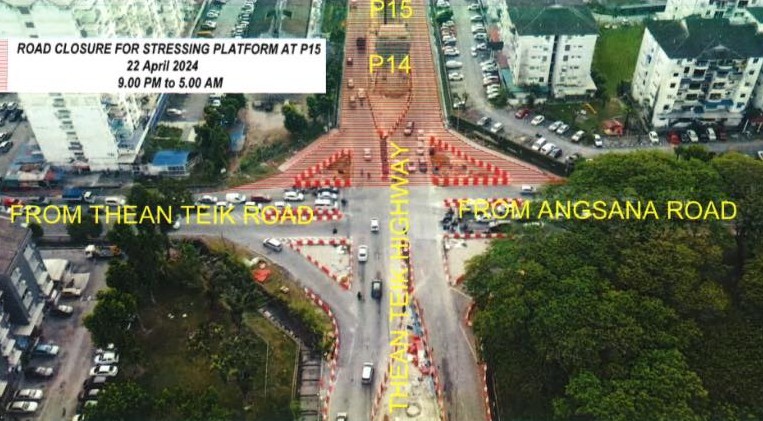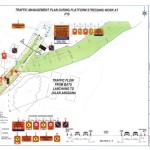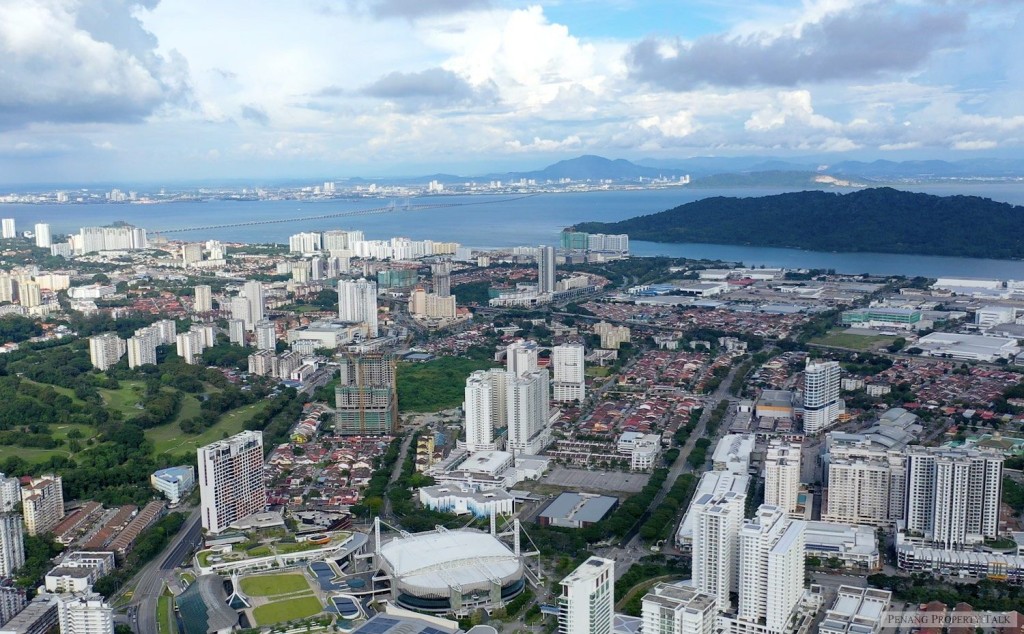Iconic soft-launches Iconic Harmony in Bukit Mertajam
Iconic Worldwide Bhd’s wholly-owned unit Iconic Maison Sdn Bhd eyes over 70 per cent take-up rate of its newly-launched residential development, Iconic Harmony, with RM300 million gross development value (GDV) due to strong demand from buyers.
Iconic Worldwide executive chairman Datuk Seri Tan Kean Tet said the project has garnered strong interest from purchasers due to its affordable price tag, coupled with the group’s emphasis on quality for all of its products.
He said the project would feature 751 freehold affordable homes within a 36-storey building, whereby each residential unit offers 900 square feet of living space, including three bedrooms and two bathrooms.
“It is priced from RM280,000 onwards. We also offer fully-furnished packages for our purchasers so that they do not have to pay a huge sum of cash for renovation and interior design upon key collection as it will be included in their loan,” he told reporters at the project’s soft launch yesterday.
In a statement following the soft launch, the Iconic Harmony project, which is located in Alma, Bukit Mertajam and expected to be completed in the first quarter of 2028, is now officially open for booking.
“Positioned as an ‘affordable luxury’ real estate development, Iconic Harmony features more than 30 facilities, including infinity pools, a children’s water playground, a half-court basketball court, a jacuzzi, lush green spaces, recreational areas, a state-of-the-art gym room, and community hubs,” the company said.
Tan noted that Iconic Maison held a successful soft launch event yesterday when the retail component of the project, entailing 16 double-storey shop lots, was sold out in five minutes.
“The high demand for commercial units resulted in a competitive selection process.
“Based on the strong response we had during the launch of our show unit last month, we expect this to be one of our most successful projects yet,” Tan added.
Strategically located at the intersection of Jalan Rozhan and Jalan Alma, Iconic Harmony sits mere minutes away from food and beverage outlets, banks, a wet market, schools, Bukit Mertajam Hospital and several supermarkets such as Aeon Mall and Lotus’s Hypermarket.
Source: Bernama








